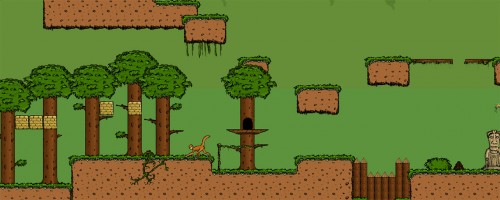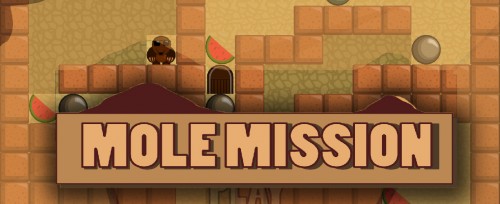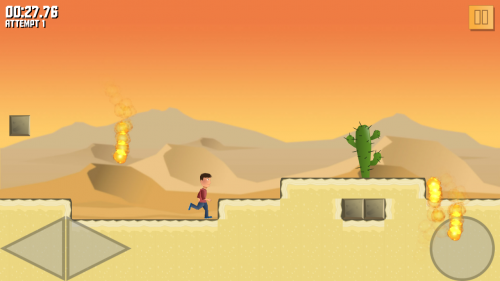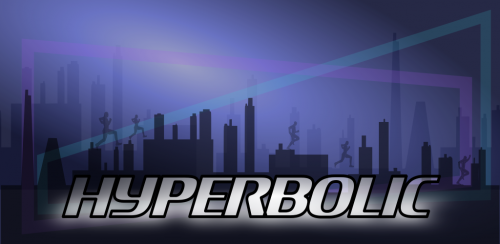
Unity 2D Character Controller
The Character Controller from my episode of Easy Game Art on 2D Character Animation.

How To Start Game Development in 2018
You have always dreamed of building your own game? You have gathered countless ideas for the next great games in your head or on paper? You finally want to start working and take them to life? Then you are probably ready to become a game developer. But what now? Where to start and what to do? And what about that thing called Unity?
The world of game development is immense and complex. For beginners it is dangerous to get lost in the wild jungle of game engines and programming languages. While there is a lot of information and many tutorials out there, not all of them provide good advice and few are up to date.
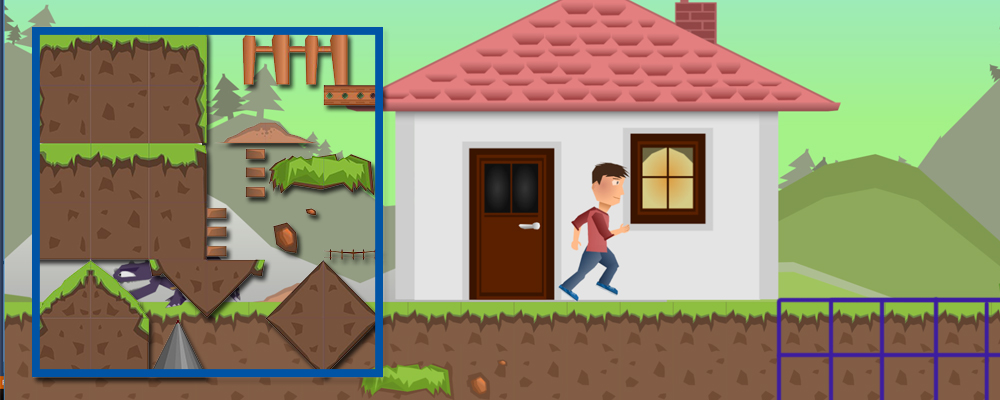
Creating a Tileset in Inkscape
In addition to my advice on drawing tilesets with Photoshop, I decided to do the same for vector graphics tilesets with Inkscape.
In the last months, I started to mainly use vector graphics for my game art. In case you don’t know, vector graphics and its standard format SVG are a way of representing graphics by storing mathematical descriptions (like position, size, color etc.) of geometrical objects. Besides common shapes you can also create paths and complex objects with an arbitrary number of edges and curves. By combining the different techniques it’s possible to model almost any object you can imagine.
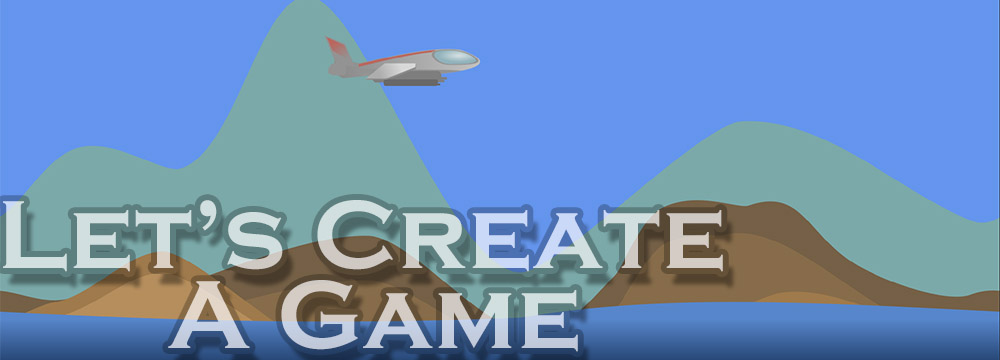
Let’s Create A Game – 2D Side-Scrolling Shooter
In my new series „Let’s Create A Game” I’m developing a full-scale game, producing everything from code to graphics on my own. In parallel to my YouTube videos I will release a written and more in-depth version on my blog after each episode.
Continue reading
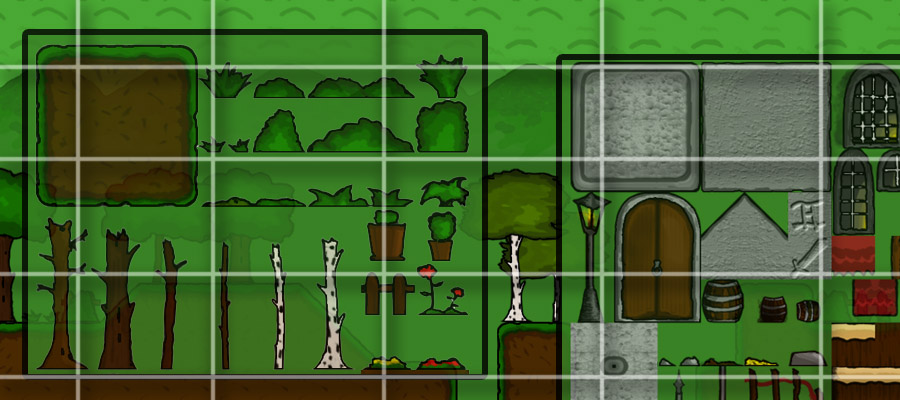
Drawing a Tileset in Photoshop
Tilesets are a wonderful way to create 2D worlds of any size. Back in the 80’s and 90’s, most games used tile-based game worlds because it was the most space-saving approach of creating big levels and disk space was extremely limited at that time (Super Mario World on the SNES had a file size of less than 512 KB). Although nowadays disk space is no more issue at all, tilesets are still popular when building 2D game levels, especially in platformers and top-down RPGs.


